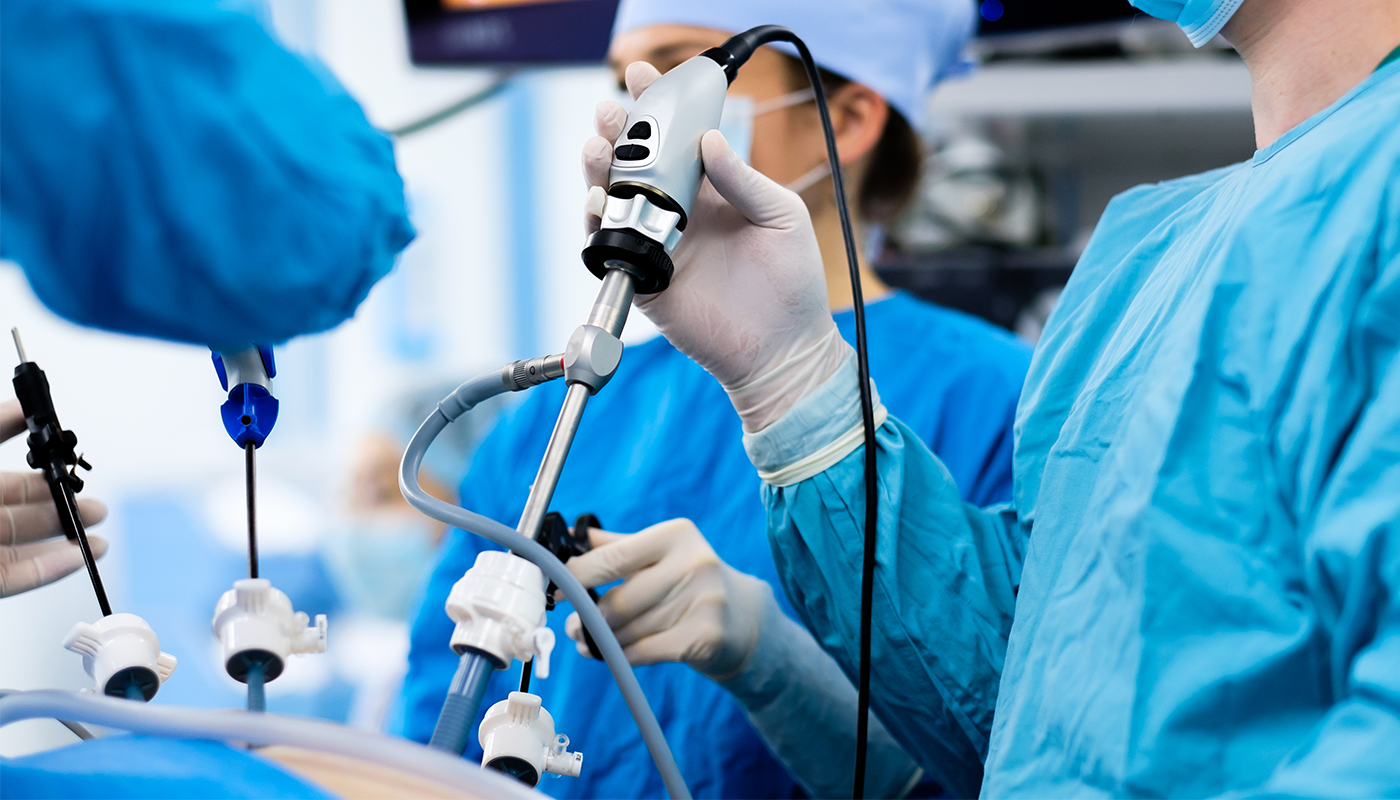Laparoscopic Urological Surgery

What is Laparoscopic Surgery?
Laparoscopy, in the surgical treatment of intra-abdominal or pelvic organs, uses several tubes – 4 or 5 – placed through small (0.5-1 cm) holes (we call these trocars, Picture-1) instead of large surgical incisions (sometimes around 20 cm). ) is a surgical technique performed with long-thin surgical equipment, accompanied by the image obtained through a telescope connected to a camera sent inside the body.
How is Laparoscopy Done?
Laparoscopy is always performed under general anesthesia. Since gas is introduced into the abdomen and the abdomen is inflated, it is not suitable to perform this surgery with regional anesthesia. The patient is positioned according to the organ to be operated on.
While the right or left lateral position is given depending on the side in kidney surgeries, the position in laparoscopy surgeries of the organs in the pelvis (such as bladder, prostate and lower end of the ureter) is lying flat on the back. Sometimes, especially in female bladder surgeries, the legs may be in an open (lithotomy) position while lying on the back.
